David K
Honored Nomad
        
Posts: 65361
Registered: 8-30-2002
Location: San Diego County
Member Is Offline
Mood: Have Baja Fever
|
|
Mision Santa Maria de los Angeles (1767-69) in 2010
The last California mission founded by the Jesuits. The adobe ruins were built by the Franciscans in 1768 who replaced the Jesuits... and eliminated
it as a mission the next year, when Junipero Serra established Mision San Fernando Velicata, 43 miles to the northwest.
The first six photos from BajaTripper's camera:
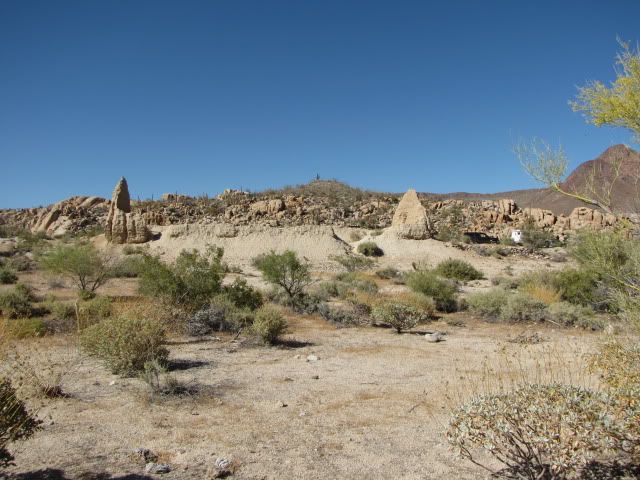
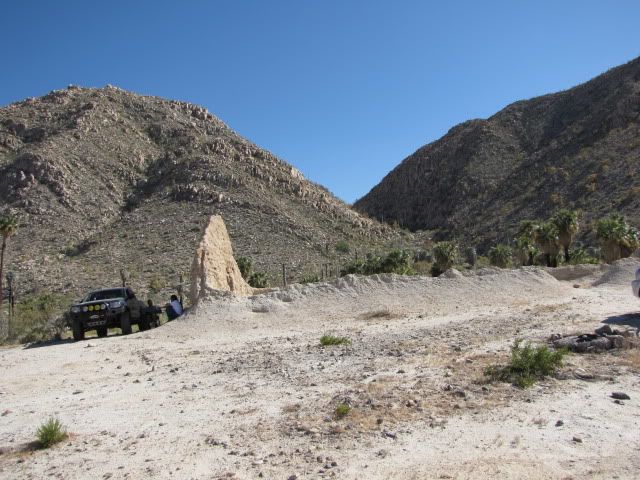
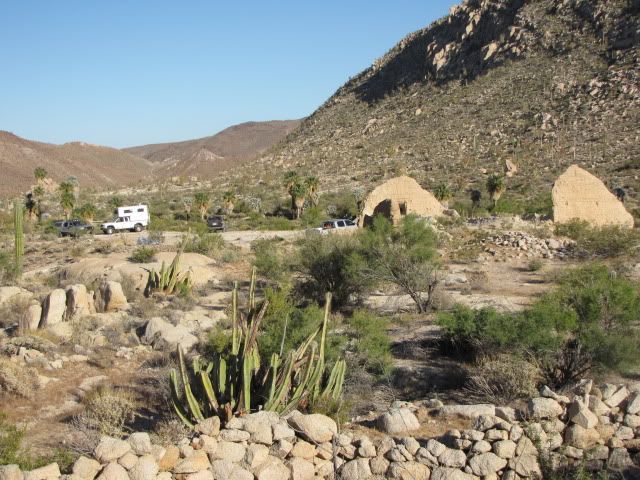
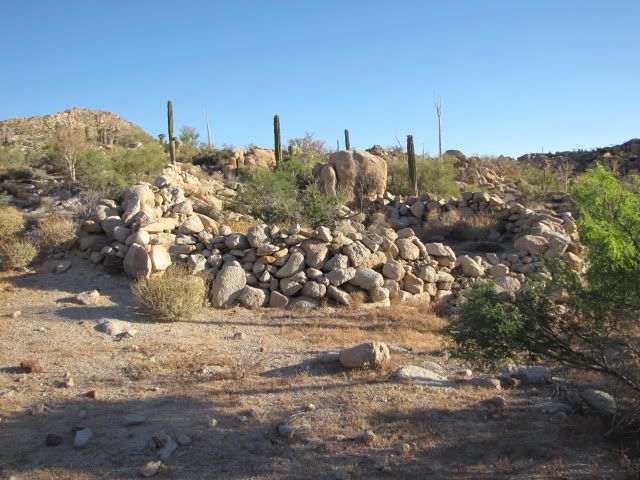
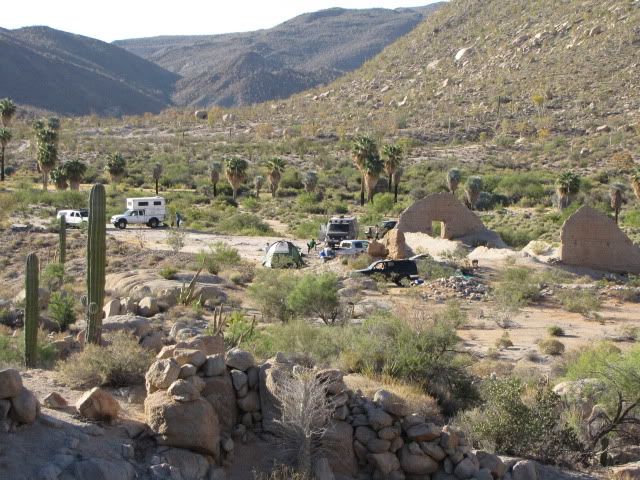
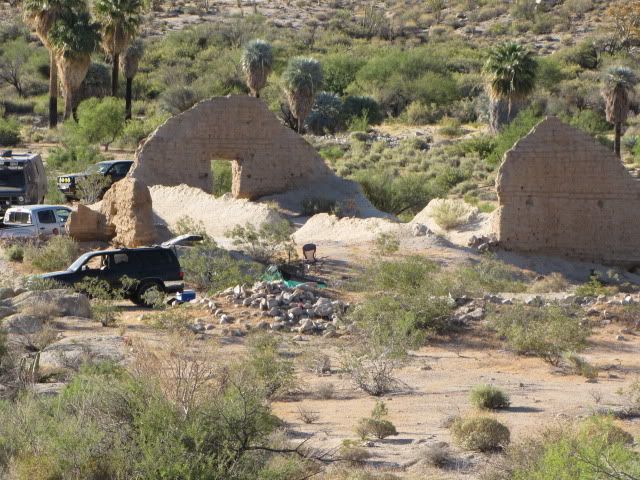
My camera photos from 2010...
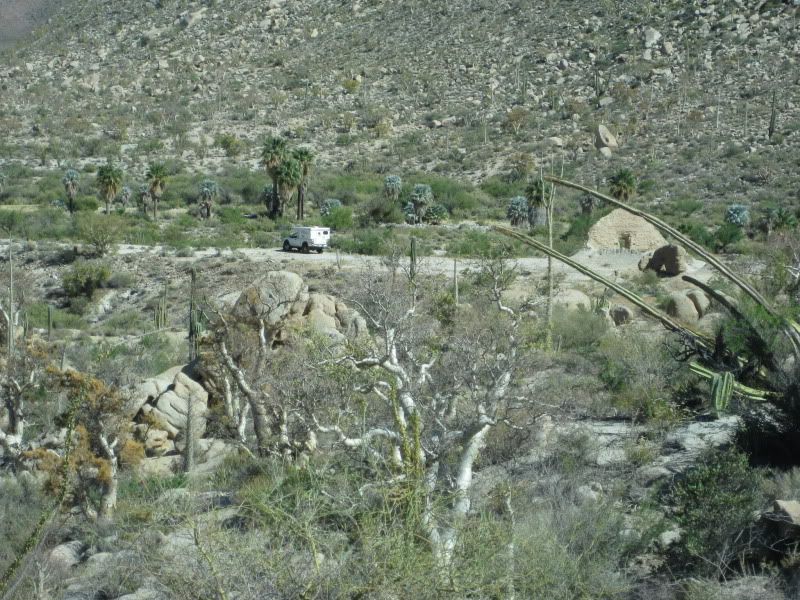
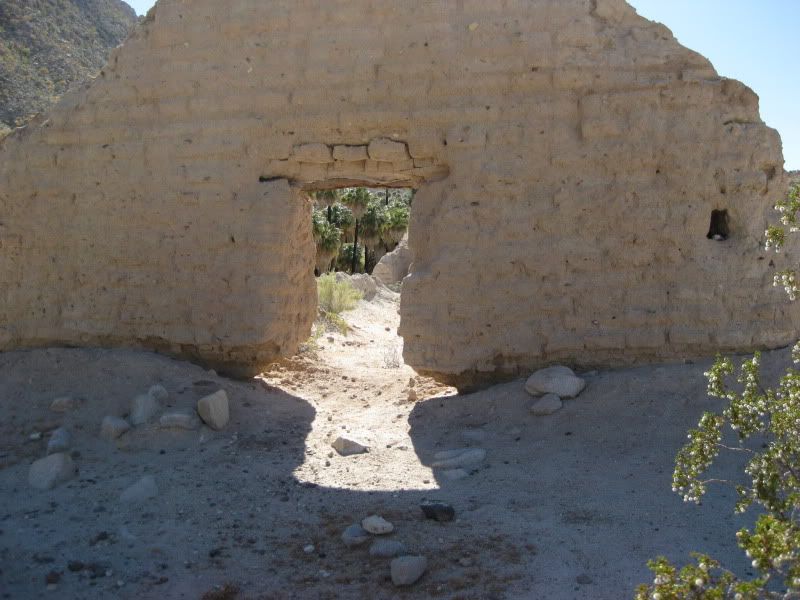

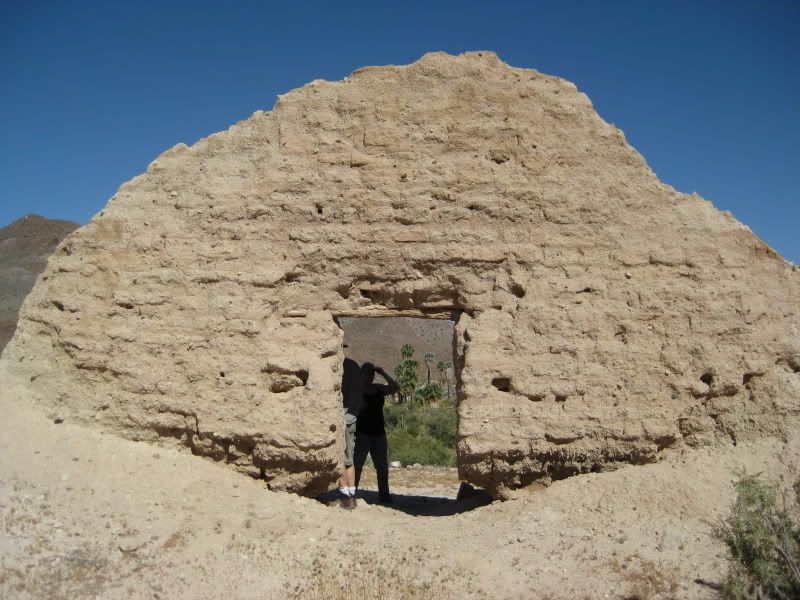
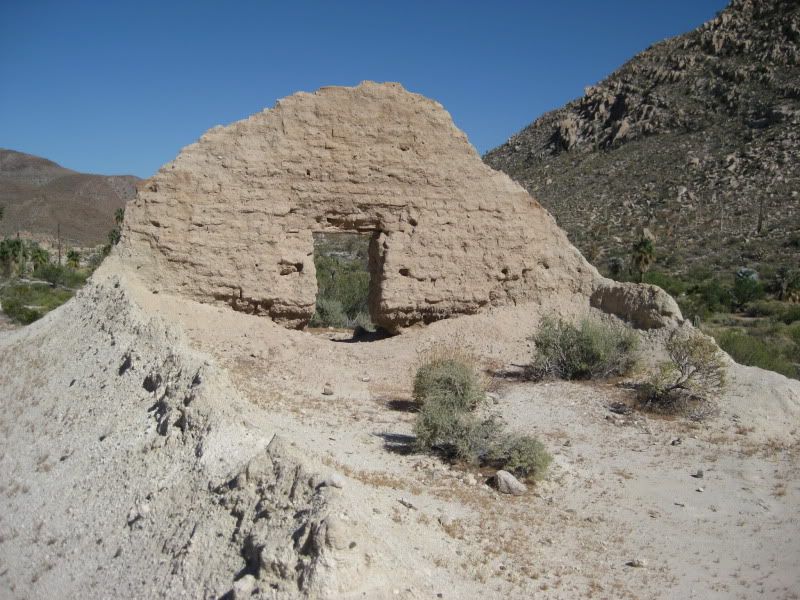

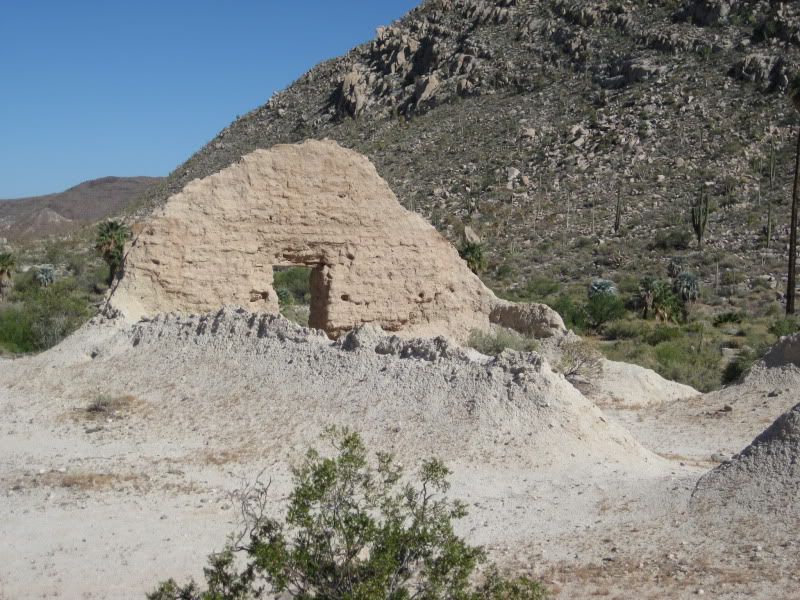

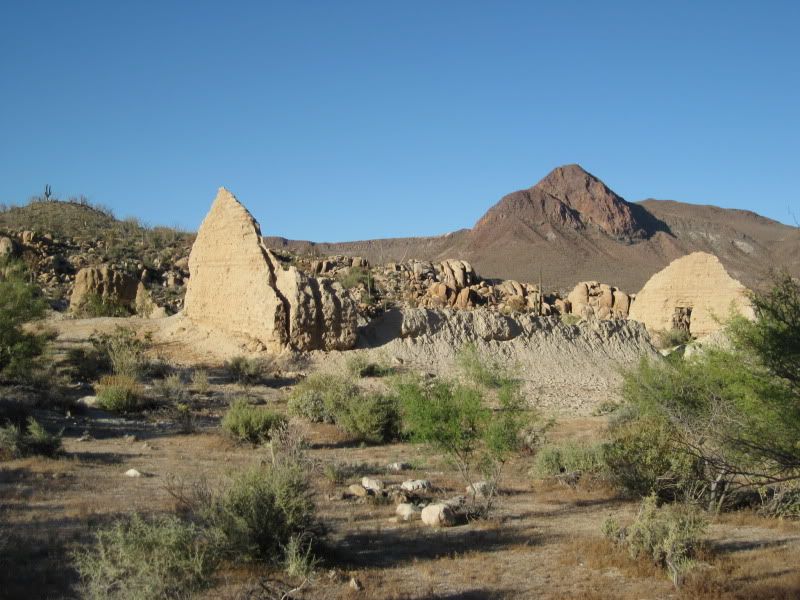
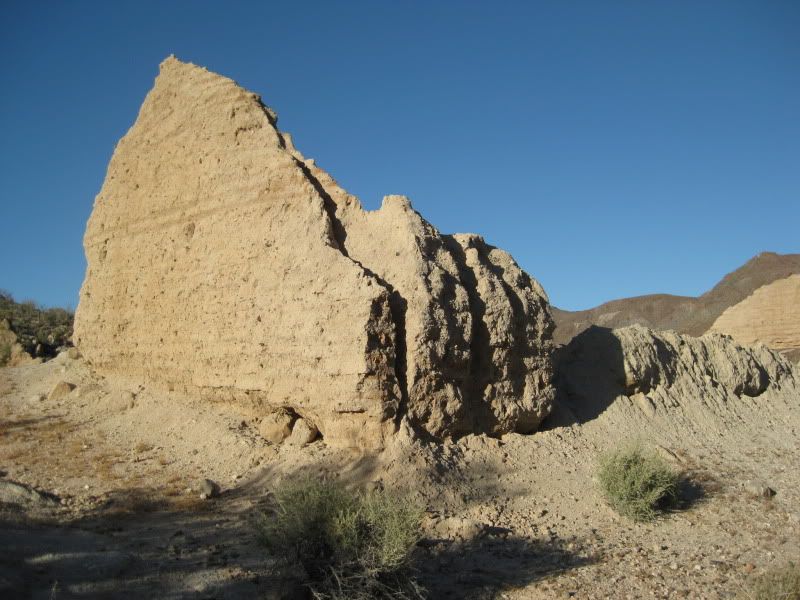
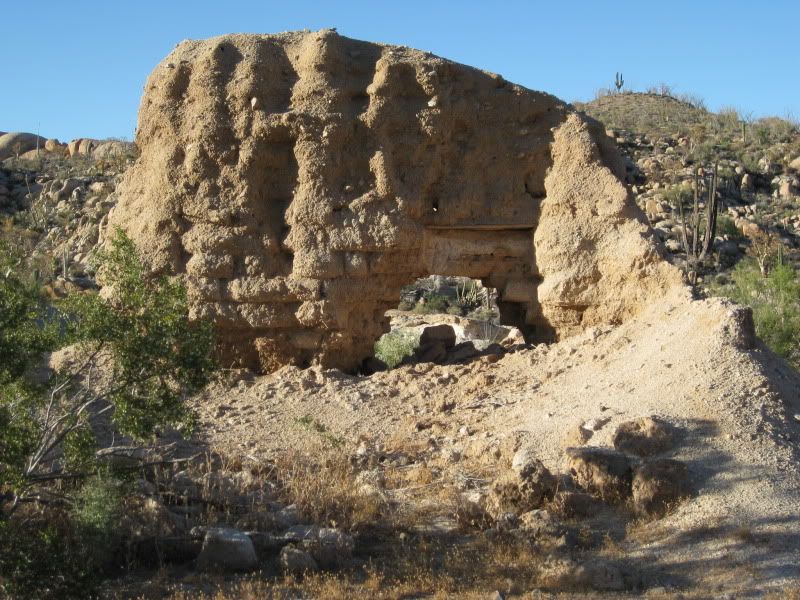

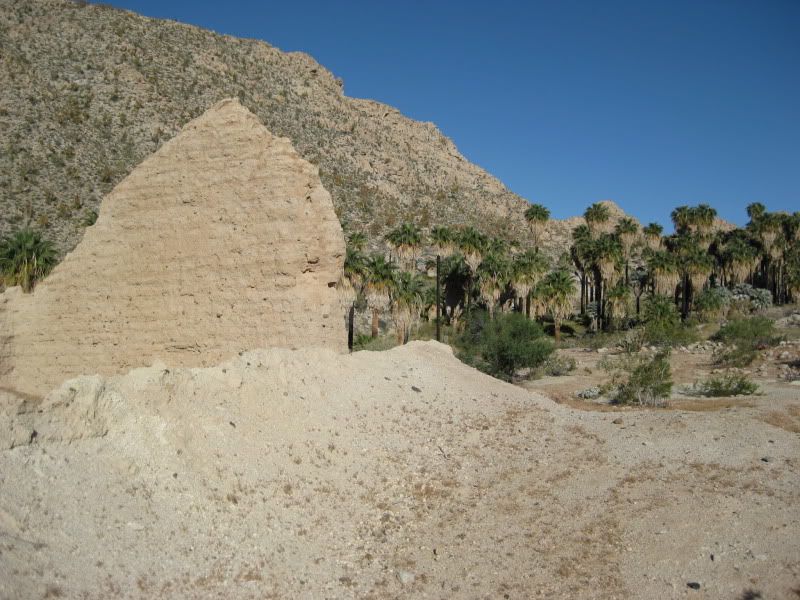
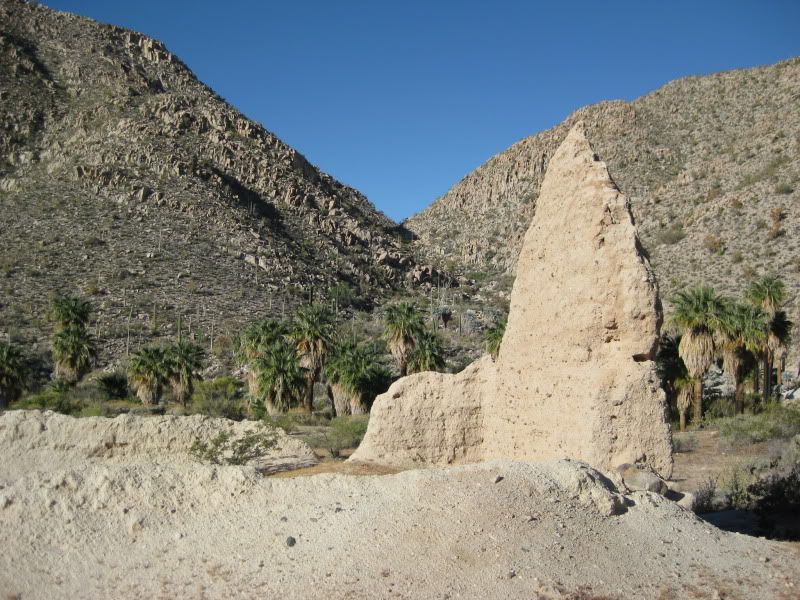
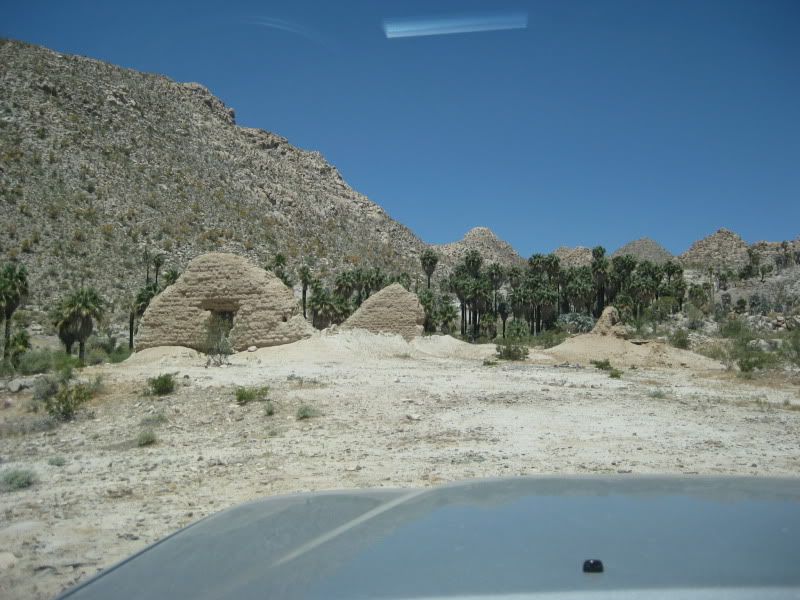
|
|
|
Ateo
Elite Nomad
     
Posts: 5928
Registered: 7-18-2011
Member Is Offline
|
|
Pretty awesome. I always wonder if this is what the California missions would look like without the importance we in California put on them.
Refurbishing, rebuilding, and retrofitting costs a lot of $$$$...
|
|
|
bacquito
Super Nomad
   
Posts: 1615
Registered: 3-6-2007
Member Is Offline
Mood: jubilado
|
|
thanks.
bacquito
|
|
|
David K
Honored Nomad
        
Posts: 65361
Registered: 8-30-2002
Location: San Diego County
Member Is Offline
Mood: Have Baja Fever
|
|
| Quote: | Originally posted by ateo
Pretty awesome. I always wonder if this is what the California missions would look like without the importance we in California put on them.
Refurbishing, rebuilding, and retrofitting costs a lot of $$$$... |
Exactly, we (norte americanos) put a lot of importance into historical preservation. While the people of Baja California don't have the financial
resources for the degree of effort needed, the missions suffered the most when the first Mexicans arrived from the mainland to settle and farm the
peninsula. They saw the abandoned missions as just empty, unused buildings and used them to help build their own homes and barns, etc.
The roof (wood, tile, palm leaves) were the first to get taken... which exposed the adobe to rainfall. Santa Maria and San Borja's adobe ruins are the
best preserved because they are in the desert and more remote from visitors who (in the past) have dug for treasure in their walls (none there).
All the Dominican missions which are near the Pacific have very little remaining adobe. Some restoration in the form of covering the remains with a
plaster coating has been done recently. See the last 10, mostly adobe missions including old photos at http://vivabaja.com/missions2
|
|
|
Bob H
Elite Nomad
     
Posts: 5867
Registered: 8-19-2003
Location: San Diego
Member Is Offline
|
|
Excellent photos!
Here's more info from Wikipedia
Mission Santa María de los Ángeles was the last of the missions established by the Jesuits in Baja California, Mexico, in 1767. The site chosen was
the Cochimí settlement of Cabujakaamung ("arroyo of crags"), west of Bahía San Luis Gonzaga near the Gulf of California coast, about 22 kilometers
east of Rancho Santa Inés, and south of Cataviña.
The mission site was visited by the Jesuit missionary-explorers Ferdinand Koncak and Wenceslaus Linck. Victoriano Arnés found the mission to replace
the unsatisfactory site of Calamajué only months before the Jesuits were expelled from Baja California. After the establishment of Mission San
Fernando Velicatá, Santa Marí was reduced to the status of a visita, or subordinate mission station. The visita was abandoned in 1818. Ruined
structural walls and rock corrals survive at the site.
[Edited on 11-30-2011 by Bob H]
The SAME boiling water that softens the potato hardens the egg. It's about what you are made of NOT the circumstance.
|
|
|
Osprey
Ultra Nomad
    
Posts: 3694
Registered: 5-23-2004
Location: Baja Ca. Sur
Member Is Offline
|
|
In 1969 I flew over the ruins with Jim Patterson who told me he had dated photos of the ruins from when he first visited there, 14 months prior to
Earl Stanley Gardner.
We had stayed the night in Guymas so I was impressed he found it from the air on the first pass. Loaned a great deal of credibility to his boast.
[Edited on 11-30-2011 by Osprey]
|
|
|
David K
Honored Nomad
        
Posts: 65361
Registered: 8-30-2002
Location: San Diego County
Member Is Offline
Mood: Have Baja Fever
|
|
| Quote: | Originally posted by Osprey
In 1969 I flew over the ruins with Jim Patterson who told me he had dated photos of the ruins from when he first visited there, 14 months prior to
Earl Stanley Gardner.
We had stayed the night in Guymas so I was impressed he found it from the air on the first pass. Loaned a great deal of credibility to his boast.
[Edited on 11-30-2011 by Osprey] |
Very cool...
Here is a photo from 1949 by Marquis McDonald, and below it one taken from about the same spot, 61 years later:
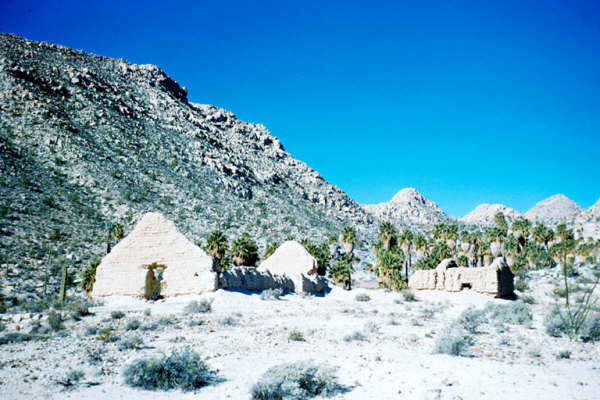

[Edited on 11-30-2011 by David K]
|
|
|
Barry A.
Select Nomad
      
Posts: 10007
Registered: 11-30-2003
Location: Redding, Northern CA
Member Is Offline
Mood: optimistic
|
|
Wow, great "comparison" photo, David. These comparison photos are so interesting to me---------I am surprised at how little this adobe has melted in
all that time------desert environment sure helps in preservation. (the "wooden pole" along the Pole Line Road a good example).
Barry
|
|
|
David K
Honored Nomad
        
Posts: 65361
Registered: 8-30-2002
Location: San Diego County
Member Is Offline
Mood: Have Baja Fever
|
|
| Quote: | Originally posted by Barry A.
Wow, great "comparison" photo, David. These comparison photos are so interesting to me---------I am surprised at how little this adobe has melted in
all that time------desert environment sure helps in preservation. (the "wooden pole" along the Pole Line Road a good example).
Barry |
Most noticable chage is the side walls are all melted and the padre's quarters at the back right corner of the main church, are greatly reduced in
size. But, compared to Santo Tomas or other adobe missions, yes, not too bad.
|
|
|
Bob H
Elite Nomad
     
Posts: 5867
Registered: 8-19-2003
Location: San Diego
Member Is Offline
|
|
| Quote: | Originally posted by David K
| Quote: | Originally posted by Barry A.
Wow, great "comparison" photo, David. These comparison photos are so interesting to me---------I am surprised at how little this adobe has melted in
all that time------desert environment sure helps in preservation. (the "wooden pole" along the Pole Line Road a good example).
Barry |
Most noticable chage is the side walls are all melted and the padre's quarters at the back right corner of the main church, are greatly reduced in
size. But, compared to Santo Tomas or other adobe missions, yes, not too bad. |
Totally amazing to see the changes over 60 years! WOW!
The SAME boiling water that softens the potato hardens the egg. It's about what you are made of NOT the circumstance.
|
|
|
David K
Honored Nomad
        
Posts: 65361
Registered: 8-30-2002
Location: San Diego County
Member Is Offline
Mood: Have Baja Fever
|
|
Here's the site map of the structures, from INAH

|
|
|
David K
Honored Nomad
        
Posts: 65361
Registered: 8-30-2002
Location: San Diego County
Member Is Offline
Mood: Have Baja Fever
|
|
One of the Erle Stanley Gardner photos (mid 1960's)...

|
|
|
David K
Honored Nomad
        
Posts: 65361
Registered: 8-30-2002
Location: San Diego County
Member Is Offline
Mood: Have Baja Fever
|
|
Desert Magazine: June, 1967:
Below are my scanned images from my magazine... However, easier reading can be down by viewing this on http://DezertMagazine.com Here is the page: http://www.dezertmagazine.com/mine/1967DM06/index.html

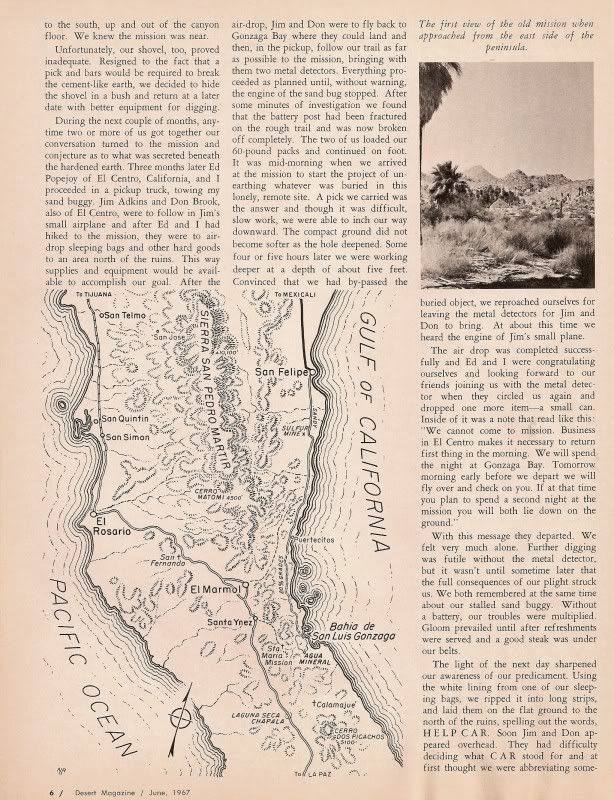
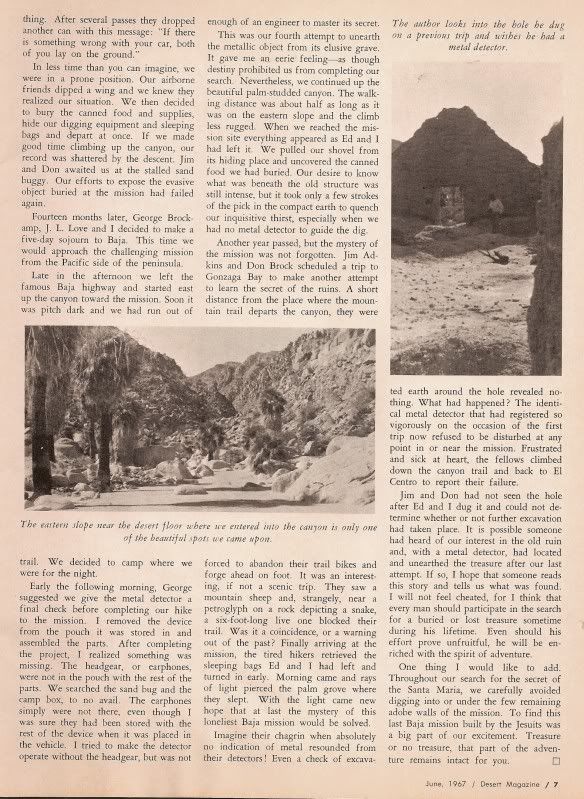
[Edited on 12-1-2011 by David K]
|
|
|
El Vergel
Nomad
 
Posts: 197
Registered: 8-27-2003
Location: San Felipe - Puertecitos Rd., Km. 35 and Santa Mon
Member Is Offline
|
|
Essay
I love the way this photo essay surveys and documents a beautiful piece in history. I especially like the "Site Plan". Thank you for this wonderful
post and awesome pics!
|
|
|
John M
Super Nomad
   
Posts: 1924
Registered: 9-3-2003
Location: California High Desert
Member Is Offline
|
|
Founding of Santa Maria
In Missions and Missionaries of California Vol. 1, 1929, by Fr. Zephyrin Engelhardt, O.F.M. [Franciscan], pages 292/293 is this:
Father Arnes, [Jesuit Victoriano Arnes 1736-1788] convinced of the impossiblilty of subsisting at a place so sterile as Calagnujuet [today's Calamajue
mission site], began to look for a more favorable locality. This was discovered in May, 1767, near the arroyo of Cabujacaamang in latitude thirty-one
degrees (nearer to 29 degrees, 42 minutes & 114 degrees, 35 minutes) about sixteen leagues northwest of Calagnujuet, and thrity-five leagues to
the north-northwest of Adac [known also as San Francisco de Borja Adac].
Though the soil was as barren and the surroundings were as timberless as the former place, the water at least was wholesome. Some palm-trees furnished
the lumber for the buildings, and for the want of vegetables compensation was found in the abundance of fish in the gulf which was only four leagues
distant. The new mission, the last which the Jesuits planted in California, was placed under the protection of the Mother of God and named Santa Maria
de Los Angeles. It was endowed by the Duchess of Gandia, that is to say, the five hundred dollars interest from the capital which she bequeathed was
applied to this mission in the form of goods or supplies. To omit nothing that might contribute to the success of the undertaking, Arnes planted a
little field with wheat and cotton which in January, 1768, when the Jesuits had to leave the missions promised good crops.
Although Arnes was annoyed by the discontent of some of the soldiers who were tired of that dreary district, he devoted himself so earnestly and
successfully to the conversion of the pagans that during his stay of a few months the mission never lacked catechumens. The church and dwellings of
the missionary and of the soldiers, however, were miserable structures of wood covered with palm-leaves.
In the beginning of all the missionary establishments, the churches, as in the case of Santa Maria, the last of the missions founded by the Jesuits,
were but flimsy structures not safe for depositing the Holy Eucharist. The respective missionary would hasten, however, to raise a building the very
appearance of which would attract the attention of the savages and second his efforts to communicate his message.
John M.
[Edited on 12-7-2011 by John M]
|
|
|
John M
Super Nomad
   
Posts: 1924
Registered: 9-3-2003
Location: California High Desert
Member Is Offline
|
|
Arthur North visit to site
In his work, Camp and Camino in Lower California, Arthur W. North describes scant remains he saw in mid-February 1906:
"...we arrived unexpectedly before two roofless adobes, the ruins of the ancient Jesuit Mission of Santa Maria. The great palm ridge-pole of one of
the buildings was still in place, the palms growing beyond showing between the earthen walls and the pole. Roofs, doors and windows were missing.
Otherwise, the iglesia, or church, and parochial house have fared well at the hand of Time and man."

The above photo is opposite page 86 in North's book.
John M
[Edited on 12-7-2011 by John M]
|
|
|
Barry A.
Select Nomad
      
Posts: 10007
Registered: 11-30-2003
Location: Redding, Northern CA
Member Is Offline
Mood: optimistic
|
|
Neat stuff, John. Thank you.
Barry
|
|
|
David K
Honored Nomad
        
Posts: 65361
Registered: 8-30-2002
Location: San Diego County
Member Is Offline
Mood: Have Baja Fever
|
|
Yes, thanks John...
Glad you enjoyed it Vern! My Toyota and I are for hire if anyone wants to see this special place in my truck... 
|
|
|
BAJACAT
Ultra Nomad
    
Posts: 2902
Registered: 11-21-2005
Location: NATIONAL CITY, CA
Member Is Offline
|
|
don't temp me DK..you know I always wanted to there..
BAJA IS WHAT YOU WANTED TO BE, FUN,DANGEROUS,INCREDIBLE, REMOTE, EXOTIC..JUST GO AND HAVE FUN.....
|
|
|

